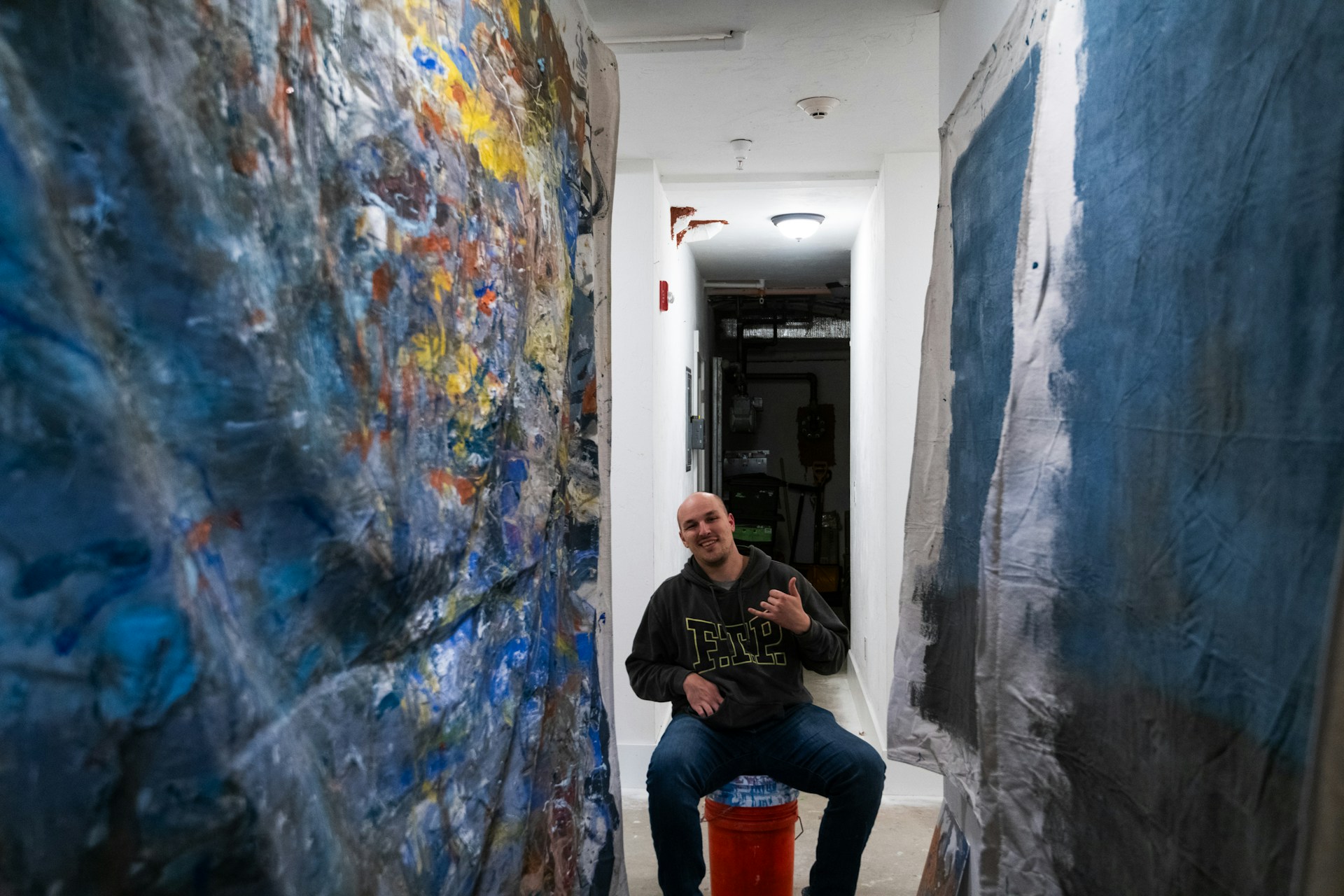Drapery is an integral part of theater design because of its versatility in creating atmosphere, depth, and focus.
It enhances storytelling by framing scenes, controlling light, and adding texture. The strategic choice of fabrics, layering, and their movement creates visual dynamism; their practical functions include concealing transitions, assuring seamless performances, and transforming stages into immersive and engaging environments for audiences.
The Role of Drapery in Theatrical Design
Stage drapery is one of the major elements in theatrical design, creating a visual frame that provides an atmosphere and establishes the mood of the performance. From the stately rise of the main curtain to the subtle shift of a backdrop, these elements contribute to storytelling in ways both grand and minute. The right drape curtains can turn a blank stage into a dynamic storytelling canvas that envelops the audience. It enhances the connection of the audience in the story because it completes the atmosphere in a theatre. They will also prevent echoes by means of controlling acoustics with diffuse or absorbent capabilities dependent on the thickness and texture of the fabric. A well-chosen curtain prevents echoes to make dialogues and music understandable during live performances; hence, it makes it perfect for the audience.
How to Choose the Right Fabric and Style
Choosing the right fabric and style is most definitely an art, substantially affecting both the visual and acoustic realms of a performance. Different fabrics all have different qualities to offer: heavy velvets, for example, can add depth and are great for absorbing sound, while lighter materials such as voile allow for transparency and diffusion of light for some otherworldly effects. A decision such as this might make a scene feel grand and dramatic or light and fragile.
It does go on to provide further detail and specificity on stage, more accurately, a grand drape, masking legs, or teaser. Such attention to minutiae turns a performance into an intimate room or a big, expansive world. As regards the deeper analysis of the trends and consequences of certain choices of fabric, one would have to consider special trend reports such as Architectural Digest for how such items are informed by the very latest innovations and applications.
Innovations in Drapery Technology
Advances in technology in the manufacture of fabrics have greatly widened the possibilities for stage design. New developments include flame-retardant materials that provide safety without compromising either the beauty or texture of the fabrics. These materials are increasingly durable, standing up to the wear and tear of frequent use, which is critical in professional theater settings where reliability is non-negotiable.
These innovations enable the designer to be more daring yet safe in the knowledge that his choices satisfy safety standards while allowing flair and expression for telling a story. With each new technological leap, the possibilities of artistic expression expand, and theaters can now realize more complicated and beautifully arresting set designs than ever before.
Creating Multifunctional Scenarios with Drapery
But what really works to the advantage of theater productions is that, by nature, it’s such a multifunctional aspect, adding to aesthetic value as well as practical solution space curtains and backdrops that double as acoustic buffers or flow guides for light. They enrich the scenes with changed variables, either the clarity of the actors or the sound and switch over smoothly between highly differentiated scenarios without the viewer realizing a dramatic shift has occurred.
Recently, The New York Times gave a closer view of how modern theatre design is pushing the boundaries when considering elements on stage, such as drapery. That has allowed interactive, visually attractive performances to open up doors toward more modern ways of storytelling for an engagement today by fuller means.
Integrating Focal Points and Transitions
Drapery plays a crucial role in the establishment of focal points and smooth transitions between the scenes. If well-chosen and well-placed, fabric will guide and hold the viewer’s eye on anything that is crucial for them to notice: important objects or activities. For example, a well-placed scrim can screen in or out sections of a setting, establishing surprise or continuing a story.
This art of managing drapery turns it into an evocative tool that allows actors and properties to pass through unobtrusively to maintain the illusion and flow of the action. It keeps the audience fixed, focusing attention exactly where the narrative demands, aided by effective use of color, texture, and layering in the drapery.
Drapery and the Audience Experience
Offstage, too, the foresighted arrangement and realization of drapery play a delicate yet crucial role in delimiting the audience’s experience. Depending on the director’s concept, these elements can even change the conceptions of space-makings of an auditorium feel spacious or intimate. These visual triggers support mental and emotional transitions that enhance the storyline even more, keeping the audience emotionally attached to the unfolding drama.

Effective drapery choices amplify the heft of scenes, making audiences connect to the narrative with a depth beyond their realization through the tiniest visual cues. It is an invisible yet powerful layer of design, ceaselessly ensuring that every performance remains memorable and magical.
Tips for Budding Theatre Designers
Mastery of details in drapery use becomes a big plus in entering this theater world. Learn to appreciate the various ways different fabrics interact with light and even sound waves, then see how layers of drapery might enhance or completely change the mood-scene. Know your more traditional materials and some of the newer ones, experimenting, if possible, with ways they can be incorporated into pioneering designs.
Thoughtful drapery raises a theatrical production from basic entertainment to engaging narrative, creating a multifunctional tool for designers in advancing artistic innovation. Whether you are a new or seasoned designer, the possibility of what drapery can do in theatre is immense and worthy of exploration for understanding.






